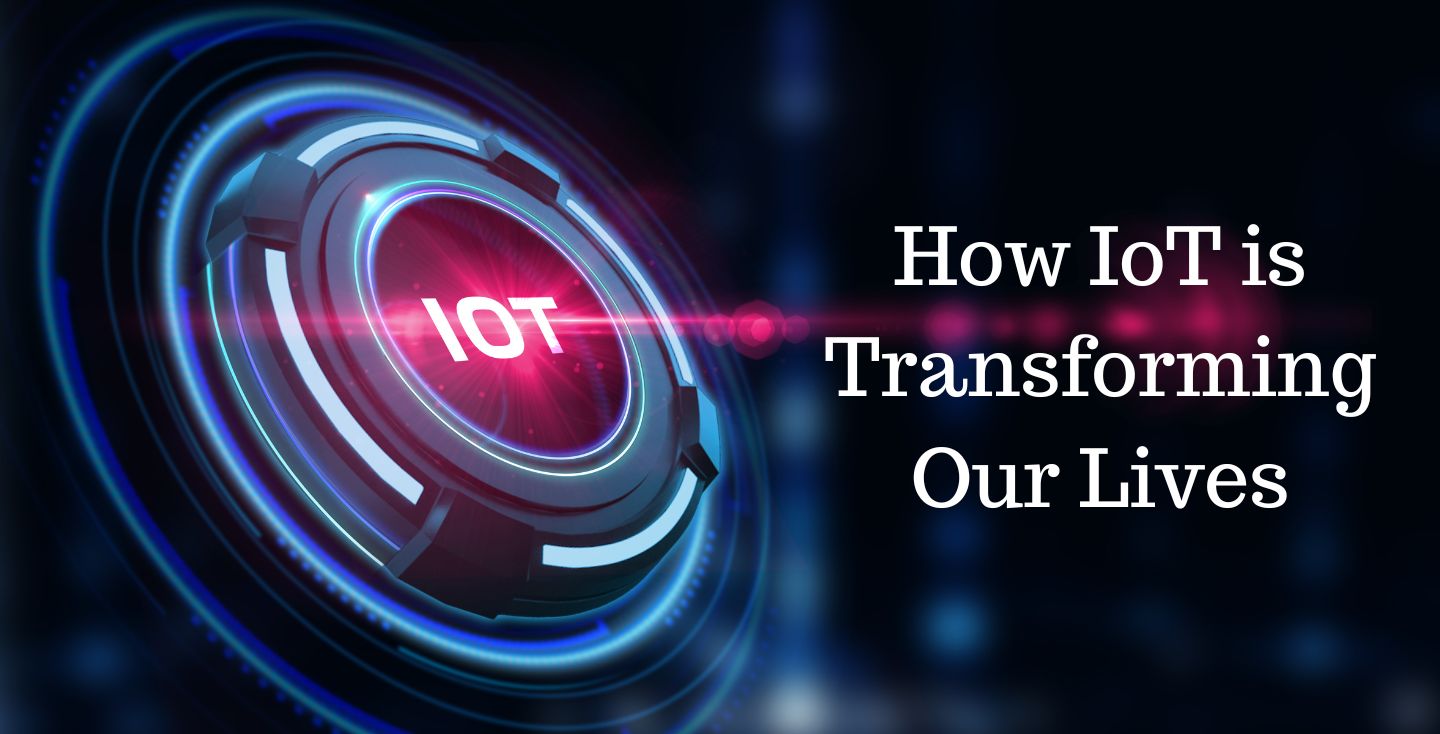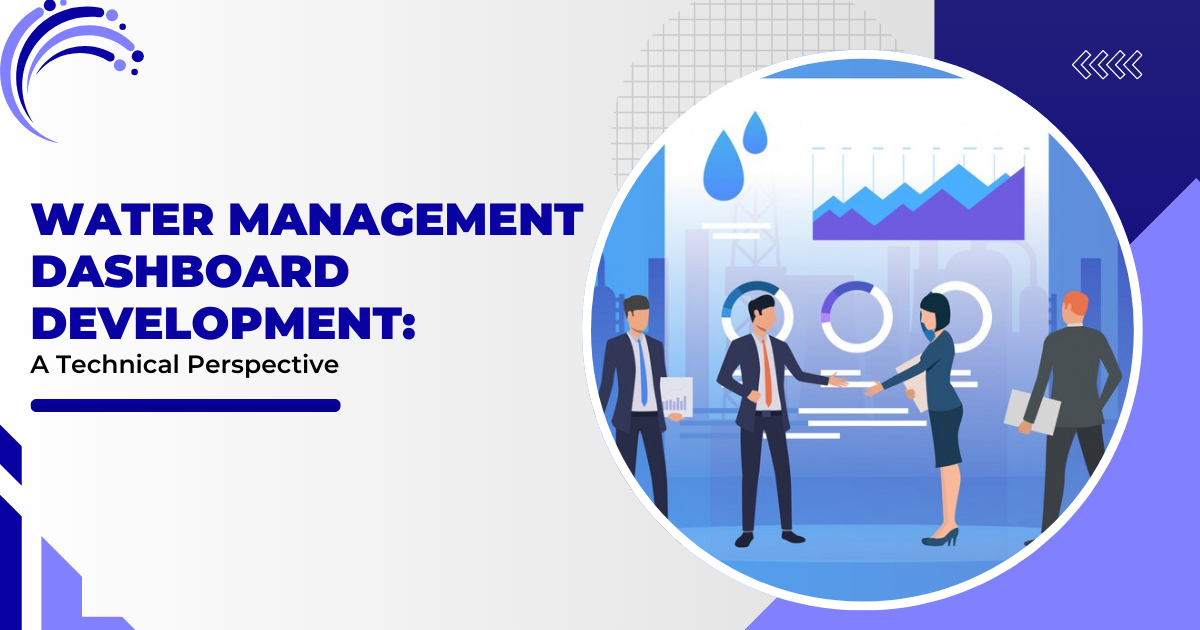The Internet of Things has become a ground-breaking idea in the quickly changing field of technology, with the potential to completely transform how we interact with the environment. The term “Internet of Things” describes the network of interconnected appliances, sensors, and gadgets that exchange data and communicate with each other over the internet. This allows for previously unheard-of levels of automation, efficiency, and convenience in many areas of our everyday life.
From smart homes and cities to industrial automation and healthcare, IoT is reshaping industries and redefining the possibilities of connectivity. In this article, we’ll delve into the myriad ways IoT is transforming our lives, exploring its implications across different domains and its potential to drive innovation and societal progress.
Enhanced Connectivity and Communication:
The essence of IoT lies in its ability to connect previously inert objects to the internet, enabling them to communicate with each other and with users. This enhanced connectivity facilitates real-time data exchange and remote control, paving the way for a more interconnected world.
- Smart Home Ecosystems: IoT enables the creation of smart homes where devices such as thermostats, lights, security cameras, and appliances can be controlled remotely via smartphones or voice commands. This interconnectedness not only enhances convenience but also offers energy savings and improved security.
- Wearable Technology: The proliferation of wearable IoT devices like smartwatches and fitness trackers has transformed personal health monitoring. These devices collect biometric data such as heart rate, sleep patterns, and activity levels, empowering individuals to make informed decisions about their health and fitness routines.
Efficient Resource Management:
IoT plays a crucial role in optimizing resource utilization and improving efficiency across various sectors, thereby contributing to sustainability efforts and cost reduction.
- Smart Energy Grids: IoT-enabled sensors and meters in energy grids allow for real-time monitoring of energy consumption and distribution. This enables utilities to detect faults or inefficiencies promptly, optimize energy flow, and integrate renewable energy sources more effectively, leading to reduced carbon emissions and lower energy costs.
- Precision Agriculture: In agriculture, IoT devices such as soil moisture sensors, drones, and GPS trackers help farmers monitor crop conditions, manage irrigation more efficiently, and make data-driven decisions regarding planting and harvesting. This precision agriculture approach enhances crop yields, minimizes water usage, and reduces environmental impact.
Transforming Healthcare:
IoT innovations are revolutionizing the healthcare industry by enabling remote patient monitoring, personalized treatment plans, and predictive analytics, thus improving patient outcomes and reducing healthcare costs.
- Remote Patient Monitoring: IoT devices such as wearable sensors and connected medical devices allow healthcare providers to monitor patients’ vital signs and health metrics remotely. This facilitates early detection of health issues, enables timely interventions, and reduces the need for frequent hospital visits, particularly for patients with chronic conditions.
- Telemedicine: The integration of IoT with telemedicine platforms enables virtual consultations, remote diagnosis, and medication management. This is particularly valuable in rural or underserved areas where access to healthcare facilities may be limited, allowing patients to receive medical advice and treatment without the need for physical travel.
Smart Cities and Urban Planning:
IoT technologies are instrumental in transforming traditional cities into smart, interconnected urban environments, where data-driven decision-making and efficient infrastructure management enhance the quality of life for residents.
- Traffic Management: IoT sensors embedded in roads and traffic lights enable real-time traffic monitoring and optimization. This facilitates the implementation of adaptive traffic signal systems, congestion management strategies, and dynamic routing solutions, leading to reduced commute times and improved air quality.
- Waste Management: Smart waste bins equipped with sensors can monitor waste levels and optimize collection routes, reducing operational costs and minimizing environmental impact. Additionally, IoT-powered recycling initiatives enable more efficient sorting and processing of recyclable materials, promoting sustainable waste management practices.
Industrial Automation and Industry 4.0:
IoT is driving the fourth industrial revolution, commonly referred to as Industry 4.0, by enabling connectivity, automation, and data exchange in manufacturing and industrial processes.
- Predictive Maintenance: IoT sensors embedded in industrial machinery collect data on equipment performance and health indicators in real time. This data is analyzed using predictive analytics algorithms to anticipate maintenance needs and schedule repairs proactively, minimizing downtime and optimizing asset utilization.
- Supply Chain Optimization: IoT-enabled tracking devices and RFID tags provide real-time visibility into the supply chain, enabling companies to monitor the movement of goods, optimize inventory levels, and enhance logistics efficiency. This transparency and traceability help mitigate risks such as delays, theft, or product recalls.
Personalized Retail Experiences:
IoT technologies are revolutionizing the retail industry by enabling personalized shopping experiences, streamlining inventory management, and optimizing store operations.
- Smart Shelf Technology: IoT-enabled smart shelves equipped with weight sensors and RFID tags automatically track inventory levels in real time. This data can be used to trigger automatic replenishment orders, ensuring shelves are always stocked with the right products.
- Enhanced Customer Engagement: IoT devices such as beacons and smart mirrors interact with shoppers’ smartphones, delivering personalized promotions, product recommendations, and in-store navigation assistance based on their preferences and location within the store.
Environmental Monitoring and Conservation:
IoT solutions are instrumental in monitoring and preserving the environment by collecting data on air and water quality, wildlife habitats, and climate patterns.
- Air Quality Monitoring: IoT sensors installed in urban areas measure pollutants such as particulate matter, ozone, and nitrogen dioxide in real time. This data helps authorities assess air quality levels, identify pollution hotspots, and implement mitigation measures to protect public health.
- Wildlife Tracking: IoT-enabled GPS collars and tags are used to track the movements and behaviors of endangered species, aiding conservation efforts and informing habitat protection initiatives. These devices provide researchers with valuable insights into animal migration patterns, population dynamics, and ecological interactions.
Smart Transportation and Mobility:
IoT innovations are revolutionizing the way we move people and goods, making transportation safer, more efficient, and environmentally sustainable.
- Connected Vehicles: IoT-enabled vehicle-to-vehicle (V2V) and vehicle-to-infrastructure (V2I) communication systems enhance road safety by enabling real-time exchange of traffic and road condition data. This facilitates collision avoidance, adaptive cruise control, and traffic flow optimization, reducing accidents and congestion.
- Shared Mobility Solutions: IoT-powered ride-sharing and car-sharing platforms optimize vehicle utilization, reduce traffic congestion, and lower carbon emissions by promoting shared transportation alternatives over private car ownership.
Education and Remote Learning:
IoT technologies are transforming education by facilitating personalized learning experiences, remote collaboration, and digital classroom management.
- Interactive Learning Tools: IoT devices such as interactive whiteboards, tablets, and educational robots engage students in immersive learning experiences, fostering creativity, critical thinking, and collaboration skills.
- Remote Classroom Monitoring: IoT sensors installed in classrooms monitor factors like temperature, humidity, and noise levels to create optimal learning environments. Additionally, IoT platforms enable remote monitoring of student attendance, participation, and performance, allowing educators to provide targeted support and interventions as needed.
Smart Financial Services:
IoT is revolutionizing the financial services industry by enabling innovative solutions for payment processing, fraud detection, and customer engagement.
- Contactless Payments: IoT-enabled payment terminals and wearables support contactless payment methods such as NFC (Near Field Communication) and mobile wallets, offering convenience and security to consumers.
- Fraud Prevention: IoT devices such as biometric authentication tools and behavioral analytics platforms enhance security measures by verifying users’ identities based on unique physiological traits or behavioral patterns, reducing the risk of fraud and unauthorized transactions.
Conclusion:
The Internet of Things continues to permeate every aspect of our lives, driving innovation, efficiency, and connectivity on a global scale. From smart homes and cities to healthcare, agriculture, and beyond, IoT, along with IoT gateway devices, is reshaping industries, enhancing quality of life, and addressing pressing societal challenges.
As we embrace the transformative power of IoT, it’s imperative to prioritize privacy, security, and inclusivity to ensure that its benefits are accessible to all. By fostering collaboration, innovation, and responsible stewardship of IoT technologies and IoT gateway devices, we can harness their full potential to create a more connected, intelligent, and sustainable future for humanity.




